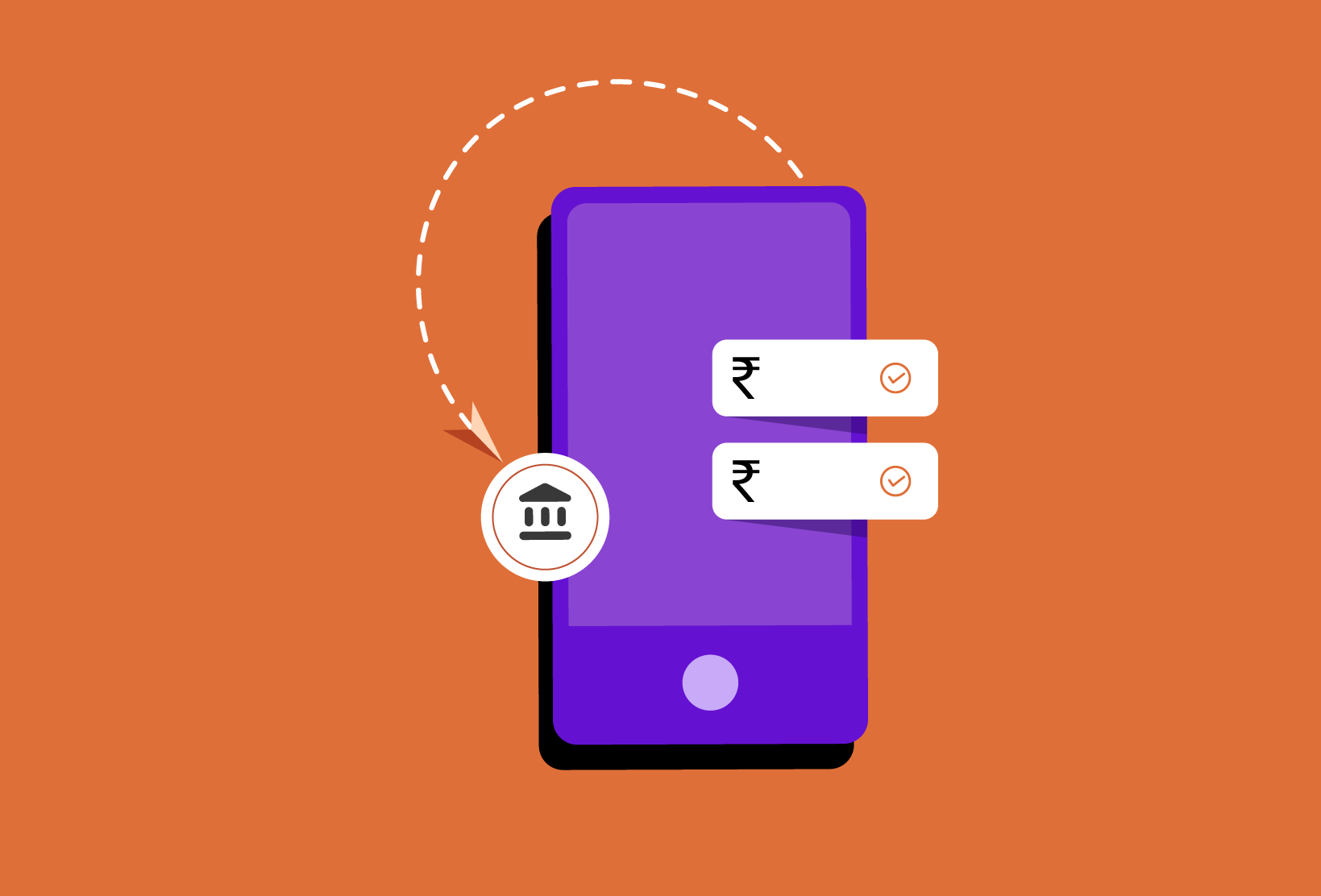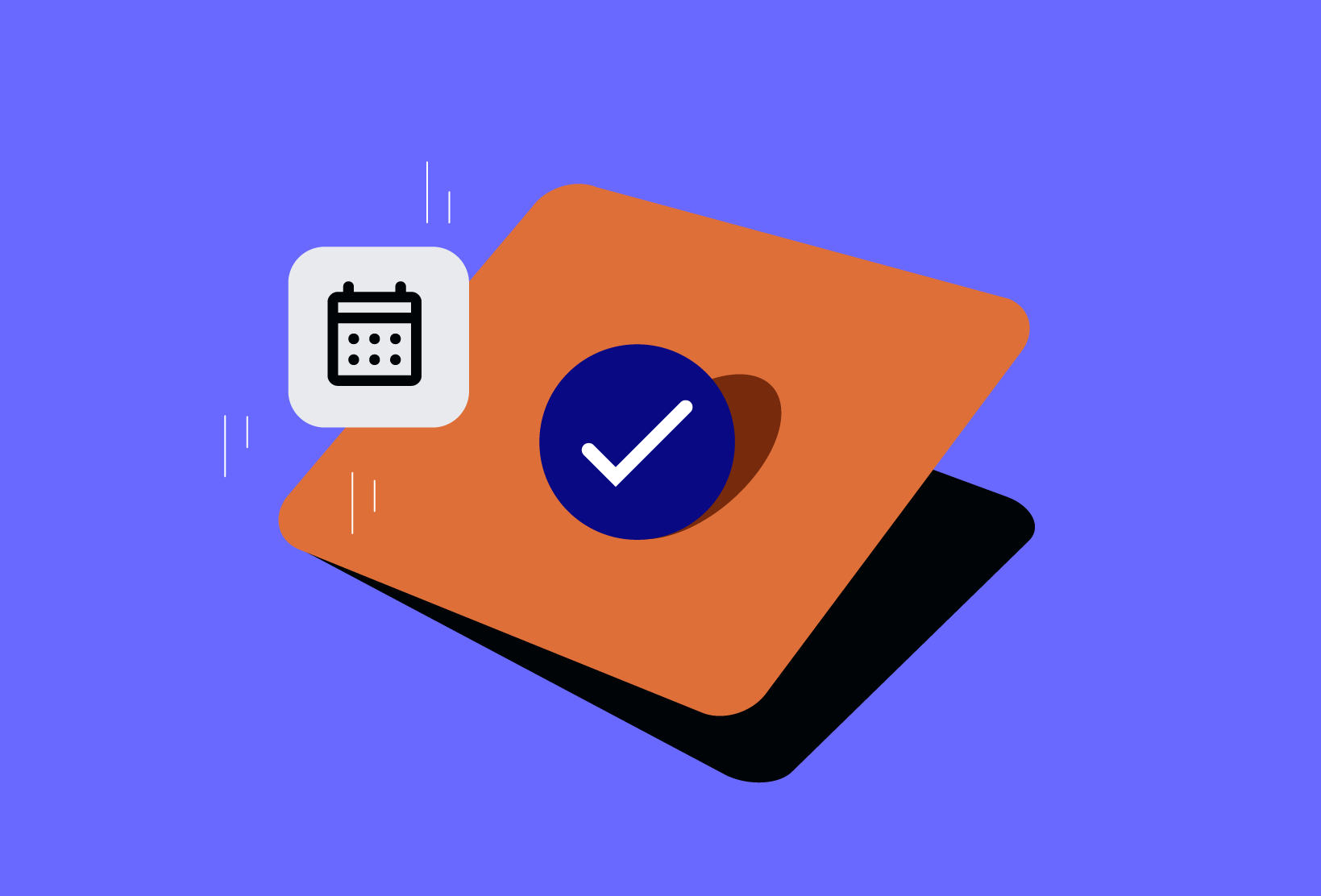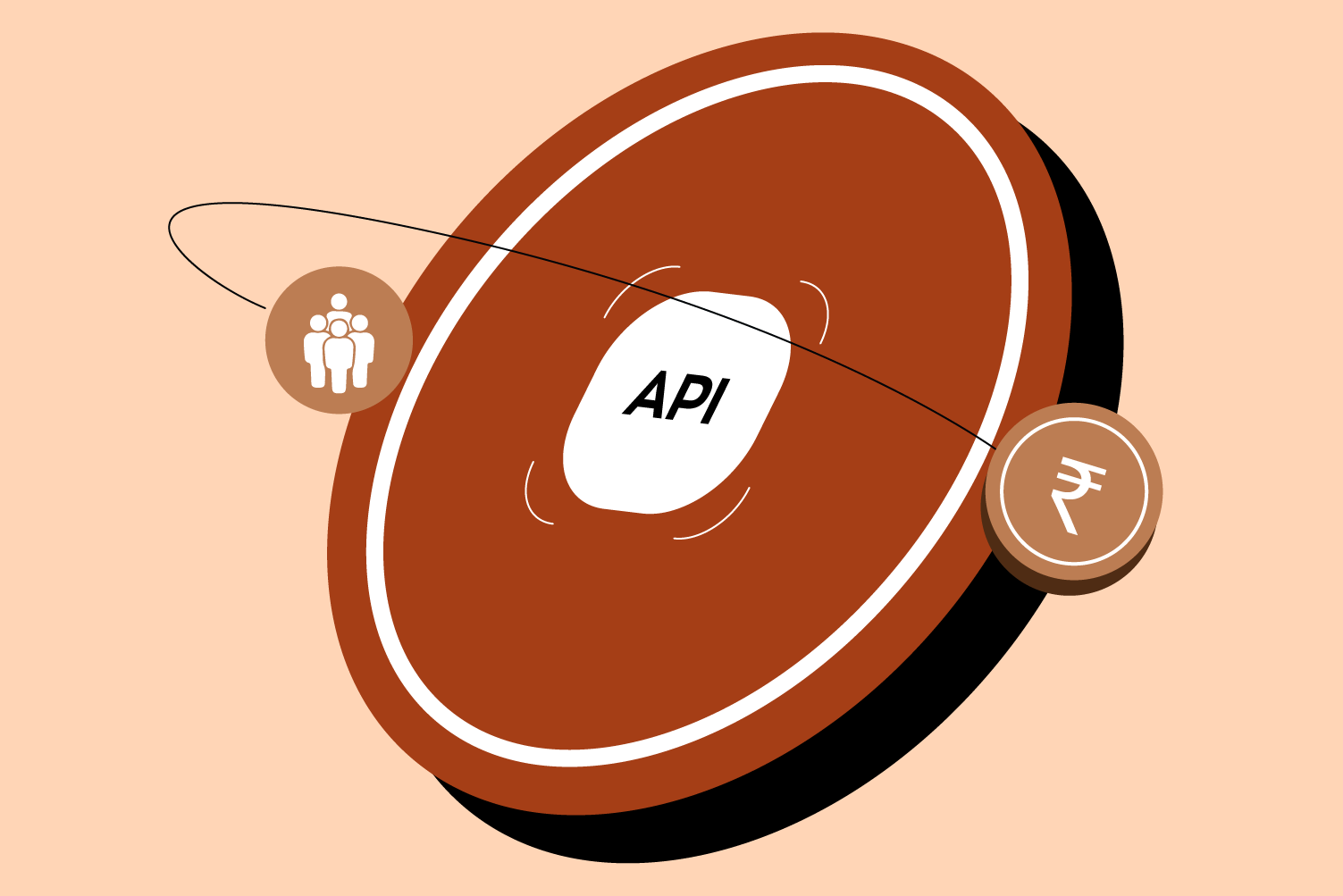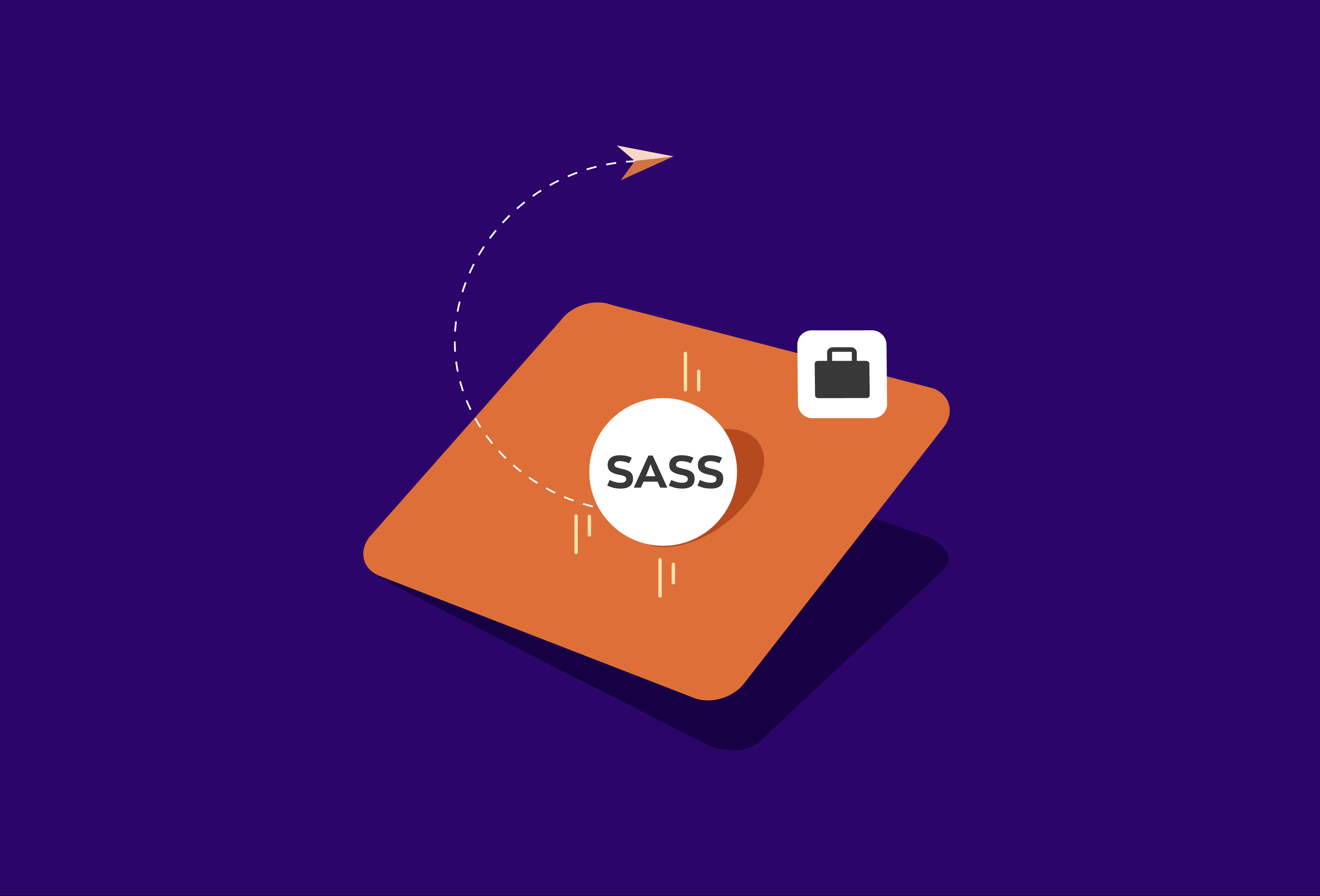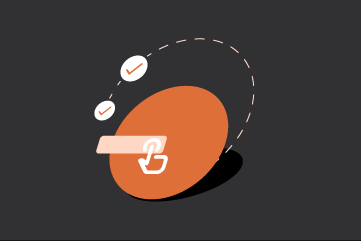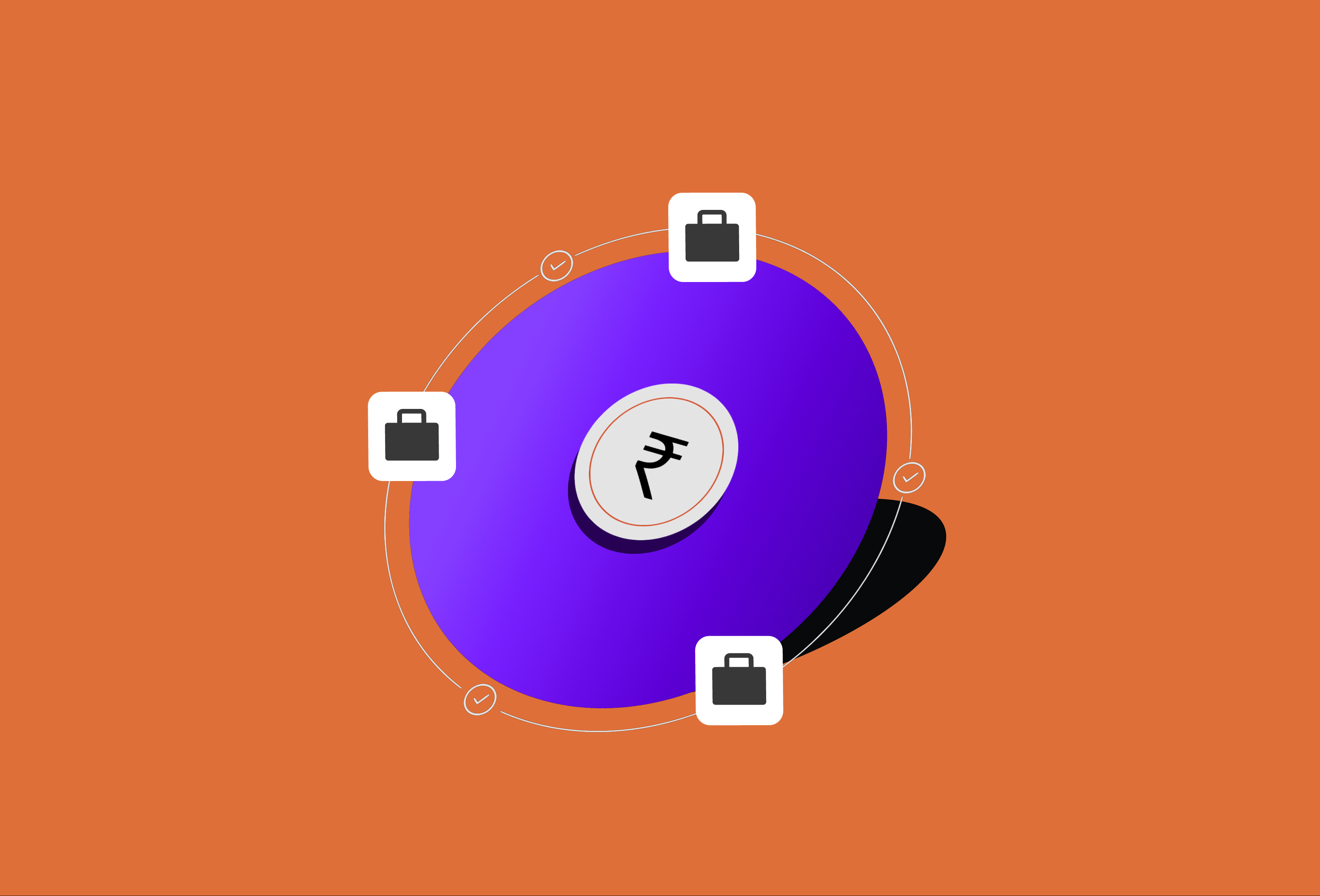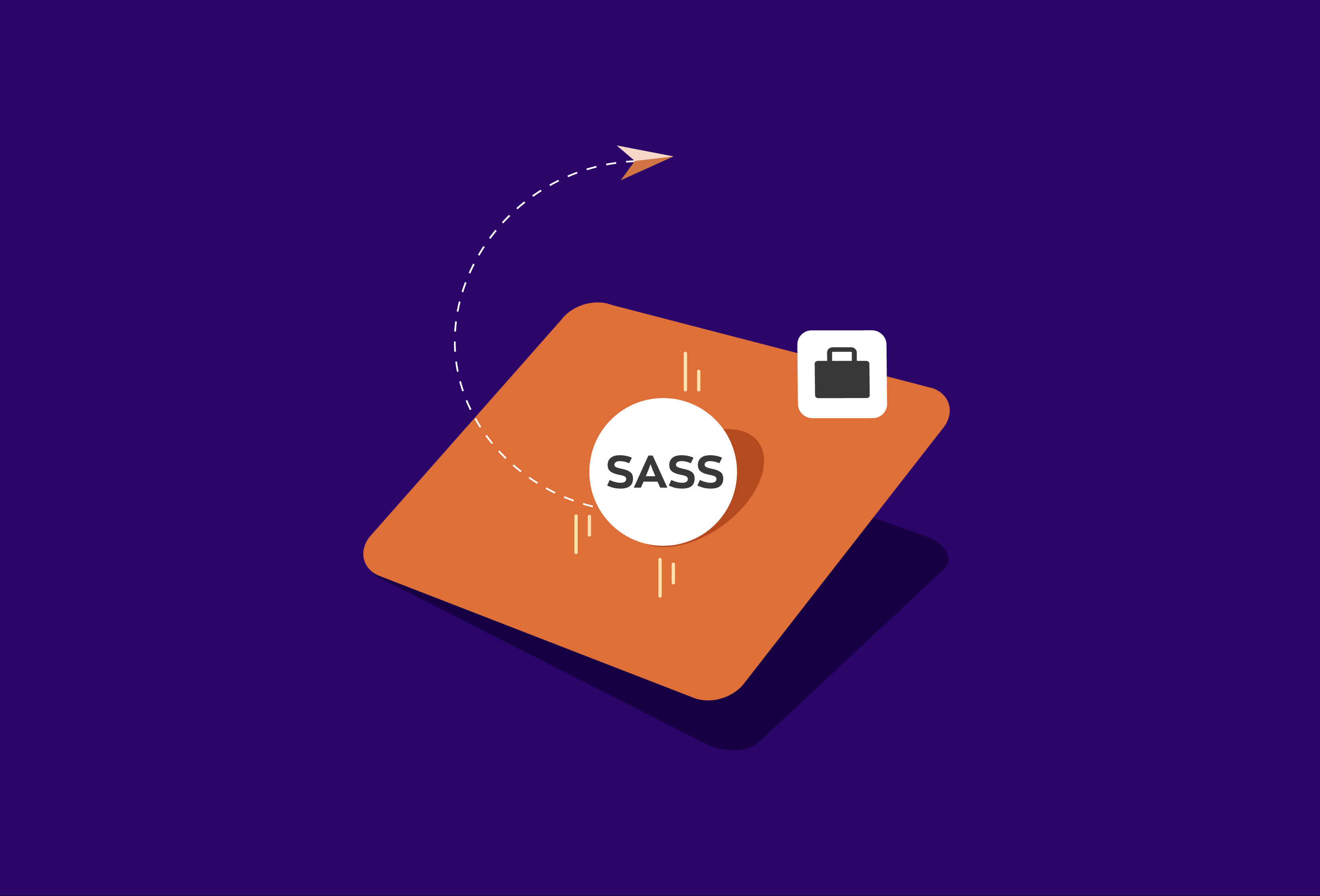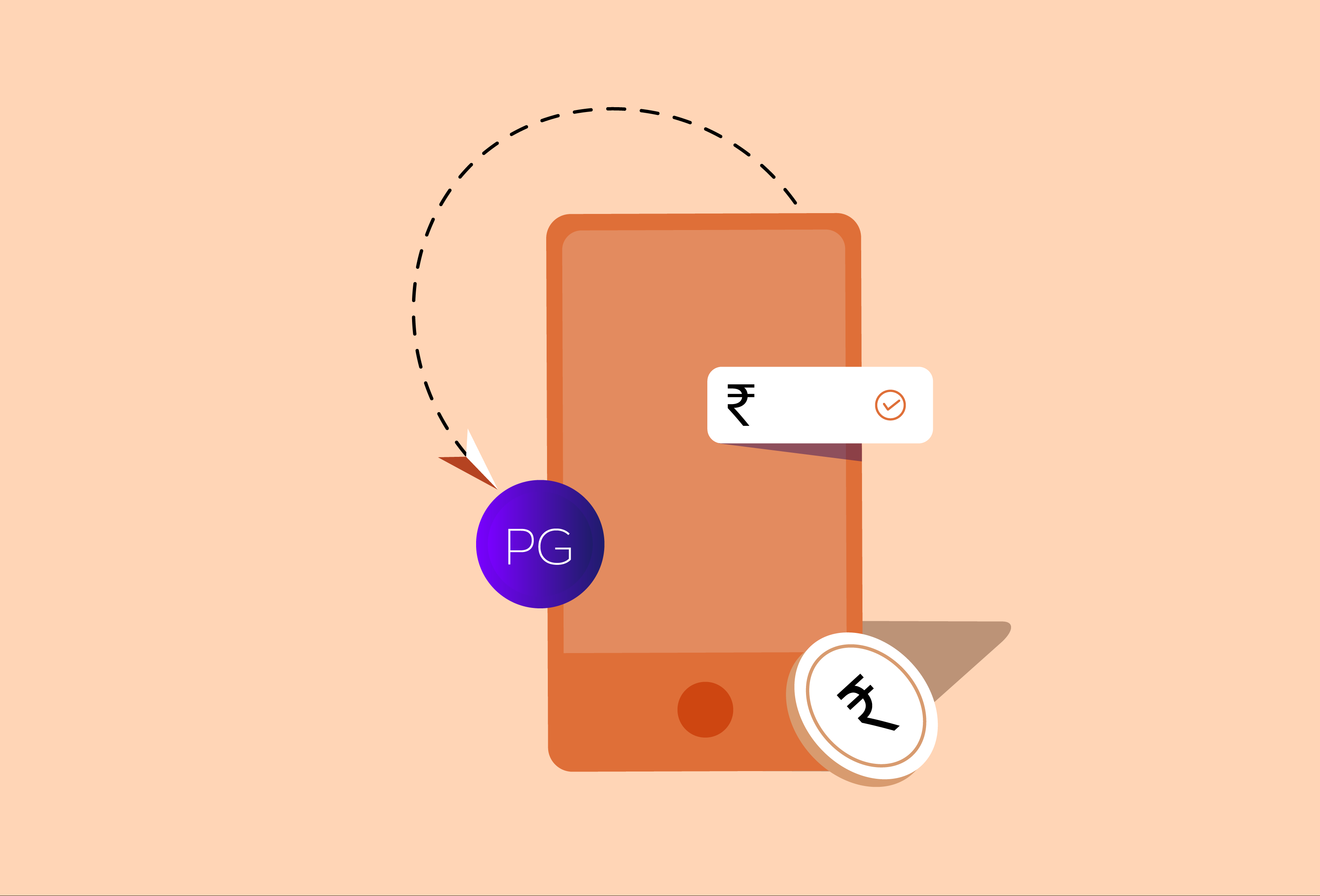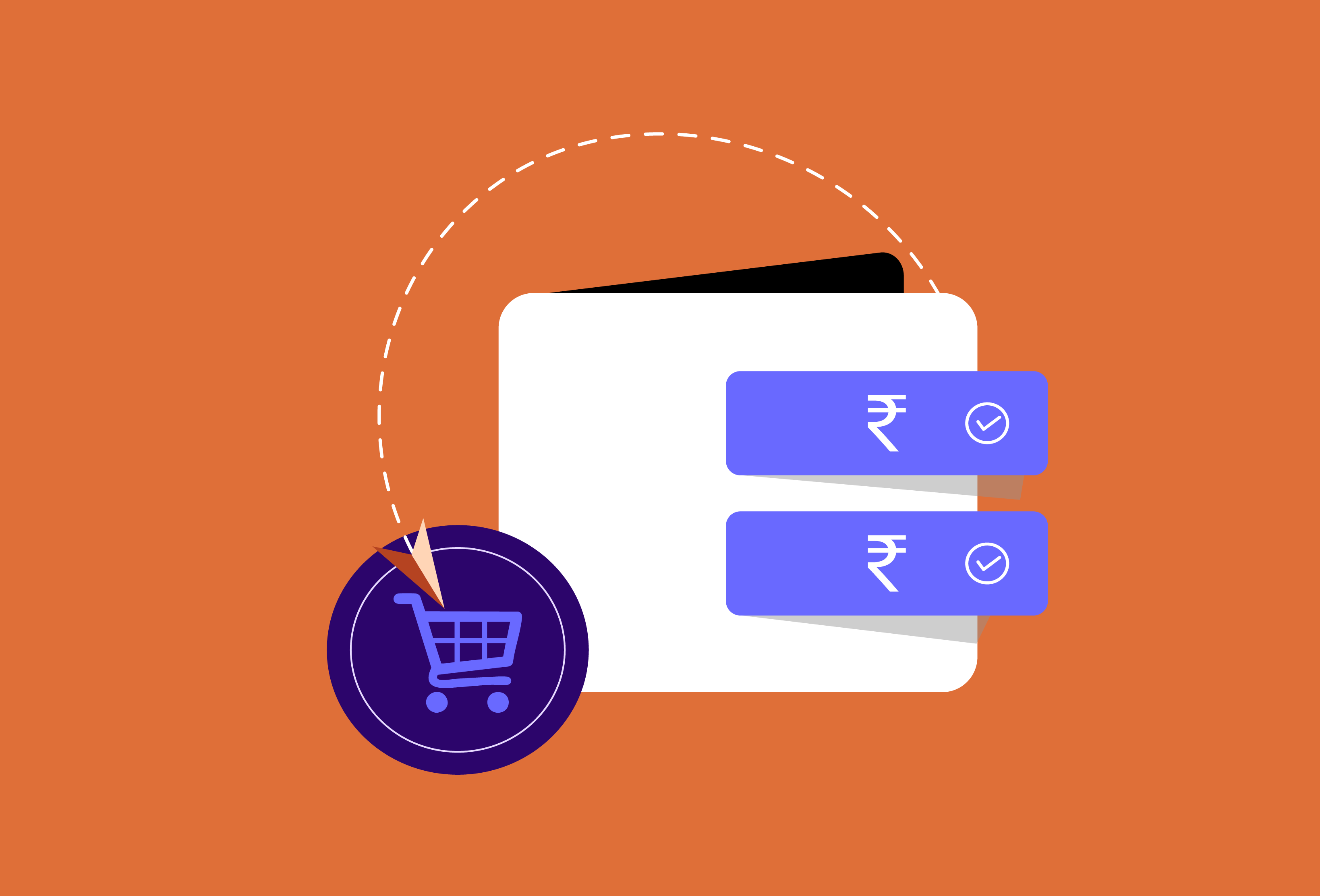For many businesses, one of the biggest challenges is not getting enough clients; it’s getting paid on time. Late payments can create a ripple effect: salaries get delayed, vendors are left waiting, and growth plans are put on hold. While chasing clients for overdue payments is uncomfortable, letting invoices pile up can harm cash flow and strain relationships.
One solution gaining increasing attention is the use of payment schedules. Instead of waiting for one big cheque at the end of a project, businesses break payments into smaller, agreed instalments. This approach not only keeps cash moving steadily but also builds confidence with clients, because everyone knows what to expect.
What is a Payment Schedule?
Before looking at the benefits, let’s start with the basics: what is a payment schedule?
A payment schedule is simply a plan that outlines when and how payments will be made for a product, service, or project. Instead of unpredictable billing, it introduces structure by setting clear timelines and amounts in advance.
Payment schedules are different from ad-hoc invoicing, where the client is billed after completion. With schedules, the financial terms are set in advance, making them predictable for both the business and the client.
Why Cash Flow Matters
Cash flow is central to the smooth functioning of any business. Even profitable businesses can face difficulties if payments do not arrive on time. Regular inflows are essential for:
- Paying salaries without delays.
- Meeting rent, utility, and vendor obligations.
- Maintaining stock or raw materials.
- Planning investments or expansion.
Irregular payments, on the other hand, can force businesses to rely on credit, increase borrowing costs, or slow down growth. A structured payment system ensures there are no long gaps between earnings and expenses.
How Payment Schedules Support Businesses
1. Predictable Income
With recurring or milestone-based payments, businesses can plan their monthly finances more accurately. Knowing when money will come in reduces uncertainty and helps avoid last-minute borrowing.
2. Reduced Risk of Late Payments
Clients are less likely to default when payments are divided into smaller amounts spread across time. Paying in instalments is more manageable than settling a large bill at once.
3. Better Financial Planning
One of the major benefits of recurring payment schedules is the ability to create accurate budgets. Businesses can match incoming payments with outgoing expenses, making growth strategies more realistic.
4. Stronger Client Relationships
Clients also appreciate clear payment structures. It makes transactions transparent, reduces the chances of disputes, and builds trust.
Building Client Trust Through Payment Schedules
Trust is the foundation of long-term business relationships. Payment schedules strengthen this trust in three essential ways:
- Transparency: When the terms are agreed up front, both sides know what to expect. There’s no surprise bill at the end of a project.
- Fairness: Clients feel reassured that they are paying in proportion to work completed. This is particularly useful in long projects where progress is gradual.
- Professionalism: A well-structured payment schedule signals that the business takes its financial dealings seriously.
Best Practices for Setting Payment Schedules
Now that we’ve seen the benefits, the question is—how to set up automated payment schedules effectively? Here are some proven practices:
- Agree on Terms Before Work Starts
Never leave payment discussions until the end. Discuss the schedule during contract negotiations and include it in the written agreement. - Match Payments with Deliverables
Link instalments to project milestones. For example, in construction, payments may be tied to foundation, structure, and finishing stages. This keeps clients engaged and reassured. - Offer Flexible Options
Not all clients can manage the same pattern. Offering monthly, quarterly, or milestone-based schedules allows flexibility. - Automate the Process
Manual reminders often lead to awkward conversations. Businesses that explore how to set up automated payment schedules with invoicing tools save time and avoid human error. Automated reminders ensure clients are notified before due dates. - Use Digital Payment Tools
Integrating digital platforms not only speeds up collection but also gives clients multiple options, UPI, bank transfer, or cards.
Common Mistakes to Avoid
While payment schedules are effective, they can fail if not implemented correctly. Some mistakes to avoid include:
- Unrealistic Deadlines: Setting too short or too long gaps between payments can strain either side.
- Not Reviewing Long Projects: In projects spanning years, schedules may need adjustments based on unforeseen changes.
- Confusing Invoicing with Scheduled Payments: This is a common oversight. To clarify: invoicing vs scheduled payments are not the same. Invoicing happens after work is done, while scheduled payments are pre-decided instalments. Mixing the two can cause misunderstandings.
- Lack of Documentation: Payment schedules must always be in writing to avoid disputes.
Conclusion
Late payments can derail even the most promising business. Payment schedules offer a practical way to solve this issue by creating predictability and trust. From ensuring smooth cash flow to building stronger client relationships, the benefits are clear.
Whether you are a small business owner, a freelancer, or part of a growing company, understanding what a payment schedule is and adopting it in your operations can bring long-term stability. By exploring the benefits of recurring payment schedules, learning how to set up automated payment schedules, and studying real client payment schedule examples, businesses can choose models that best fit their industry.
The shift from one-time invoicing to structured instalments is not just about money; it’s about professionalism, planning, and trust. When payment flows are steady, business growth feels less like a gamble and more like a well-planned journey.


